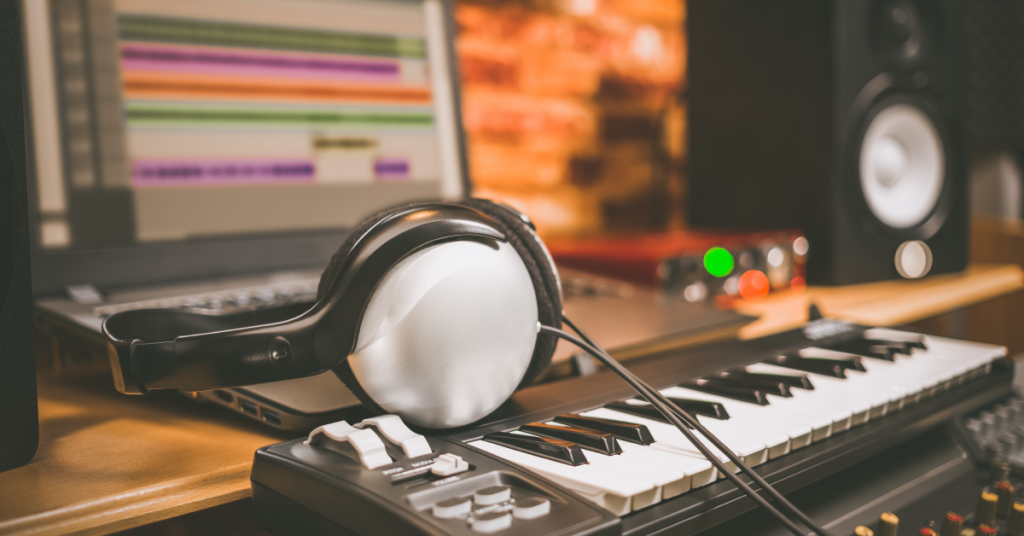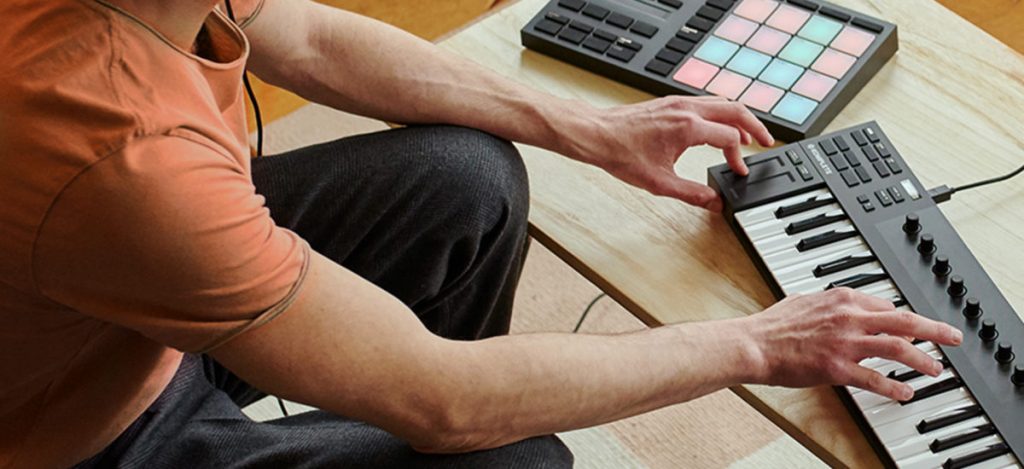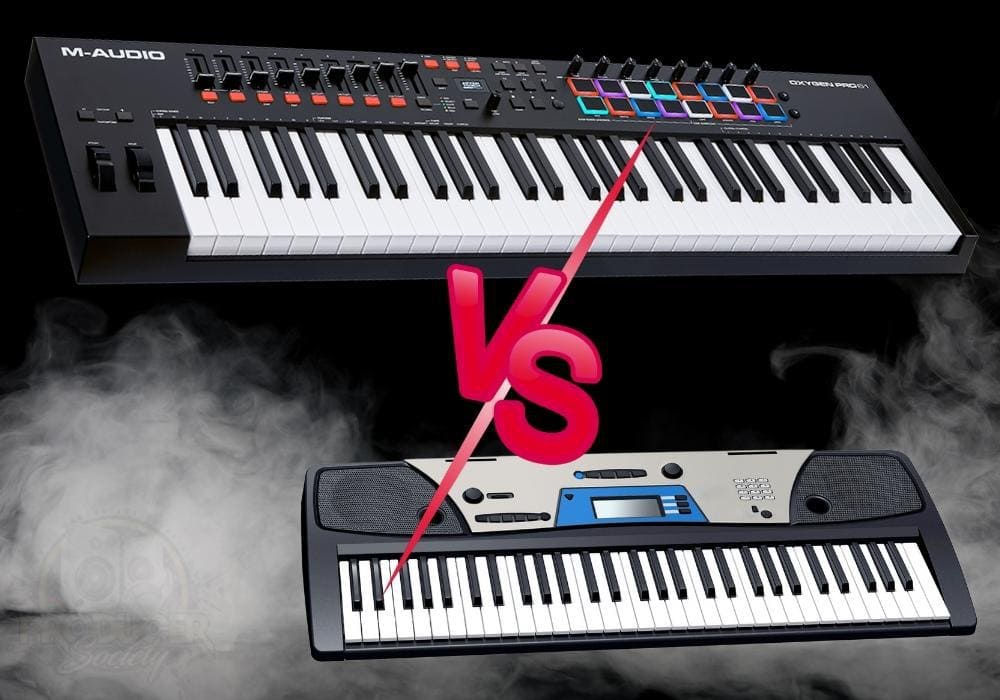For beginner home studio producers, keyboard players, or musicians, getting started with a MIDI keyboard can greatly enhance your music-making experience. This versatile tool offers an accessible way to experiment with different sounds and instruments, adding a whole new dimension to your music. Not only does a MIDI keyboard adapt to your workflow, but it also enhances your creativity, empowering you to explore various musical possibilities with ease. Here are some tips to help you navigate the world of MIDI boards and choose the right one for your needs.
What is a MIDI Keyboard?

A MIDI keyboard controller is a device that resembles a piano keyboard but doesn’t produce sound on its own. Instead, it sends MIDI (Musical Instrument Digital Interface) data to a computer or MIDI-compatible device, which then generates sound based on the input. These MIDI controller keyboards come in various sizes, from compact 25-key models to full-sized 88-key keyboards, and offer additional features like knobs, pads, and sliders for enhanced control over music software.
Benefits of MIDI Keyboards for Beginners
MIDI keyboards are fantastic tools for beginners diving into music production. They offer a user-friendly experience, making it easy to grasp musical concepts like chords and melodies. What’s even better is the instant feedback they provide – you can hear and see the notes you’re playing in real time, which makes learning a breeze.
Plus, MIDI keyboards come packed with a variety of sounds and instruments, so you can explore different genres and styles right from the start. They’re also super versatile, working seamlessly with music software like GarageBand or Ableton Live. And the best part? They won’t break the bank! With keyboard MIDI controllers, you can start making music without worrying about spending a fortune.
Whether you’re at home or on the go, MIDI keyboards are portable companions ready to help you unleash your creativity. And with a whole community of fellow enthusiasts out there, you’ll never be short of support and inspiration.
Tips for Choosing the Right MIDI Keyboard Controller

Before shopping for MIDI controller keyboards, here are some tips that can help you make a well-informed purchase and ensure you find the right fit.
- Consider Your Needs: Think about your specific requirements and workflow. Do you need a compact keyboard for travelling or a larger one for more extensive playing and control? Consider the number of keys and connectivity options (USB, MIDI, Bluetooth).
- Key Count: The number of keys determines the range and versatility of the keyboard. While smaller keyboards (25 to 49 keys) are portable and suitable for basic melodies and chord progressions, larger keyboards (61 to 88 keys) offer a wider range for playing complex pieces.
- Action Type: Keyboards come with different types of key actions, such as weighted, semi-weighted, and synth-action. Weighted keys mimic the feel of acoustic pianos and are ideal for pianists, while synth-action keys are lighter and more suitable for electronic music production.
- Additional Controls: Look for extra features like pads, knobs, and faders, which allow for hands-on control over things like volume, effects, and modulation. These can streamline your workflow and enhance creativity.
- Compatibility: Ensure that the keyboard controller is compatible with your music production software and operating system. Most MIDI keyboards work seamlessly with popular DAWs (Digital Audio Workstations).
- Build Quality and Durability: Invest in a keyboard controller with sturdy construction and quality materials that can withstand regular use. Check user reviews and ratings to gauge reliability and durability.
- Budget: Decide how much you’re willing to spend based on what you need from the keyboard. MIDI keyboard controllers range from budget-friendly options for beginners to premium models with advanced functionalities.
- Try Before You Buy: If possible, visit a music store to test different MIDI keyboard controllers and get a feel for their key action, responsiveness, and additional controls. This hands-on experience can be really beneficial.
Should I Buy MIDI Keyboard or Normal Keyboard?

Deciding between a MIDI keyboard or a normal keyboard depends on your specific needs and musical goals. If you’re primarily interested in traditional piano playing and seeking an instrument for practising piano techniques, learning classical repertoire, or performing live piano music, a normal keyboard may be the better choice. Normal keyboards typically offer weighted keys, which mimic the feel of an acoustic piano, and often include built-in speakers for standalone use.
On the other hand, if you’re interested in music production, electronic music, or want to explore a wider range of sounds and creative possibilities, a MIDI keyboard could be more suitable. MIDI keyboards offer versatility, allowing you to control virtual instruments and software synths in music production software. However, it’s important to note that MIDI keyboards do not produce sound on their own and require a computer or external sound module to generate sound.
Ultimately, consider your musical interests, goals, and budget when deciding between a MIDI keyboard and a normal keyboard. If you prioritise traditional piano playing and standalone functionality, a normal keyboard may be the better option. If you’re interested in music production and electronic music, a MIDI keyboard offers greater flexibility and creative potential.
























